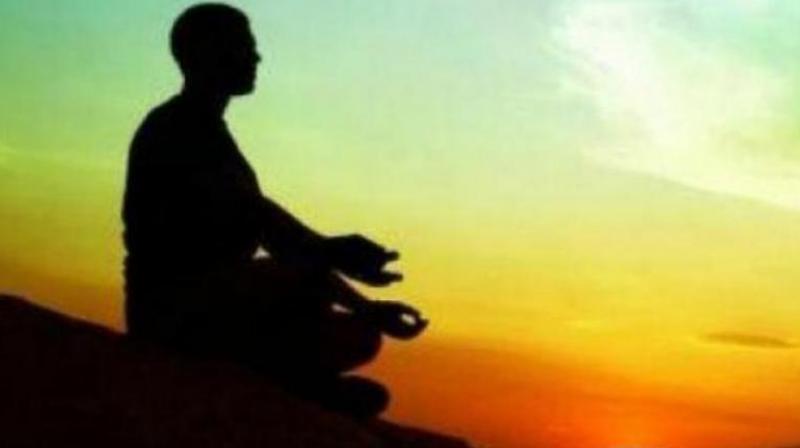Mystic Mantra - India: The land of mystics & the enlightened ones
This resting place is supposed to be very economical, unlike expensive hotels, so that the ordinary pilgrims can afford the accommodation.

Recently, a statement by a politician, “India is not a dharamshala” made me contemplate on India. To me, dharamshala means a resting place for pilgrims on a journey. This resting place is supposed to be very economical, unlike expensive hotels, so that the ordinary pilgrims can afford the accommodation. It is generally understood that a dharamshala is meant for a limited stay, a short duration, a shelter for the night, three days or at the most a few weeks or months... then the guests have to leave. A dharamshala depends on the donations from the rich believers of a certain religion and it may choose to accommodate the believers of the same religion — just like in a Jain dharamshala. But there are other dharamshalas which are open to the believers of all religions — these places are the real dharamshalas which do not discriminate. In short, a dharamshala is a unique Indian concept with a non-commercial angle, helping people on their noble path. Seekers could go to the ashrams, yoga and meditation centres and learn the ways to self-realisation or enrich their life with inner contentment and bliss.
In that sense, India has always been a really unique country, truly a dharamshala for the seekers on the spiritual path, who came from far away countries to learn the inner science of spirituality. Enlightened mystic Osho also suggested his disciples build a guest house for this purpose, to be named Dharamshala, and explained the meaning of it: a resting place for the seekers on the path.
Dharamshalas have been in existence for thousands of years in India, as Arjun Kumar Bhatia writes in his book International Tourism Management: Pilgrim travel assumed great importance in India. Emperor Ashoka travelled a great deal in his eagerness to spread the doctrines of Buddha. Through his travels, Ashoka had special memorials set up at each spot and also rest houses where travellers could rest. Harsha was another emperor who built institutions and dharamshalas for travellers.
It is not a mere coincidence that in the last century, His Holiness The Dalai Lama and his fellow travellers escaped from the tyranny of Communist China and got a shelter in India’s Himalayan city known as Dharamshala. India had welcomed them whole-heartedly, to the great displeasure of China. China usurped Tibet, which was the greatest lab of meditation on the earth, as Osho points out in his discourse on Om Mani Padme Hum: “And we think the world is civilised — where innocent people who are not doing any harm to anybody are simply destroyed. And with them, something of great importance to all humanity is also destroyed. If there were something civilised in man, every nation would have stood against the invasion of Tibet by China. It is the invasion of matter against consciousness; it is the invasion of materialism against spiritual heights.”
India is the land of mystics and the enlightened ones — and not just the selfish and power-hungry politicians — and has always welcomed people who were feeling lost in the world. India stands for Vasudhaiv Kutumbakam — the world is one family.

